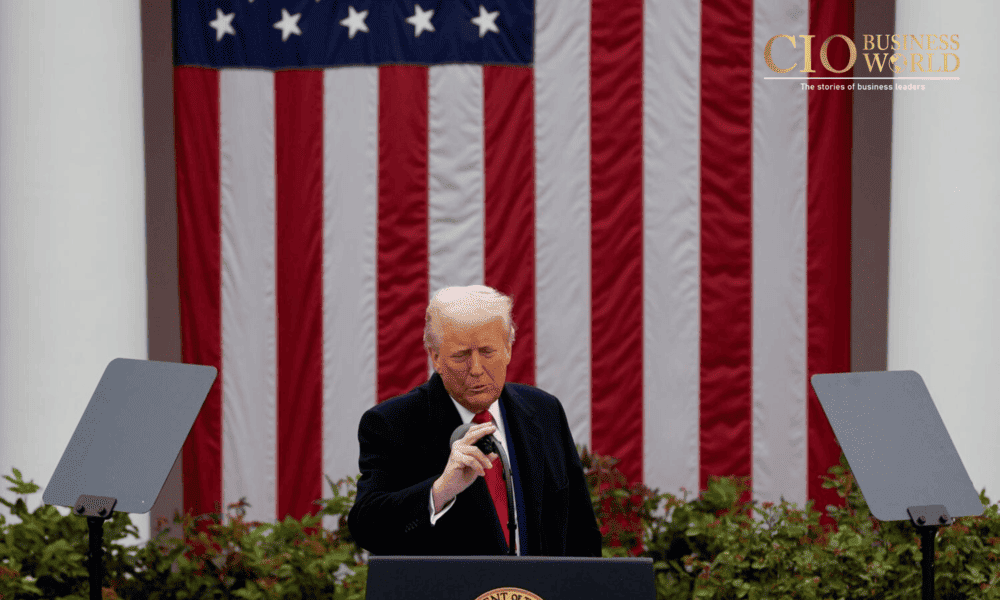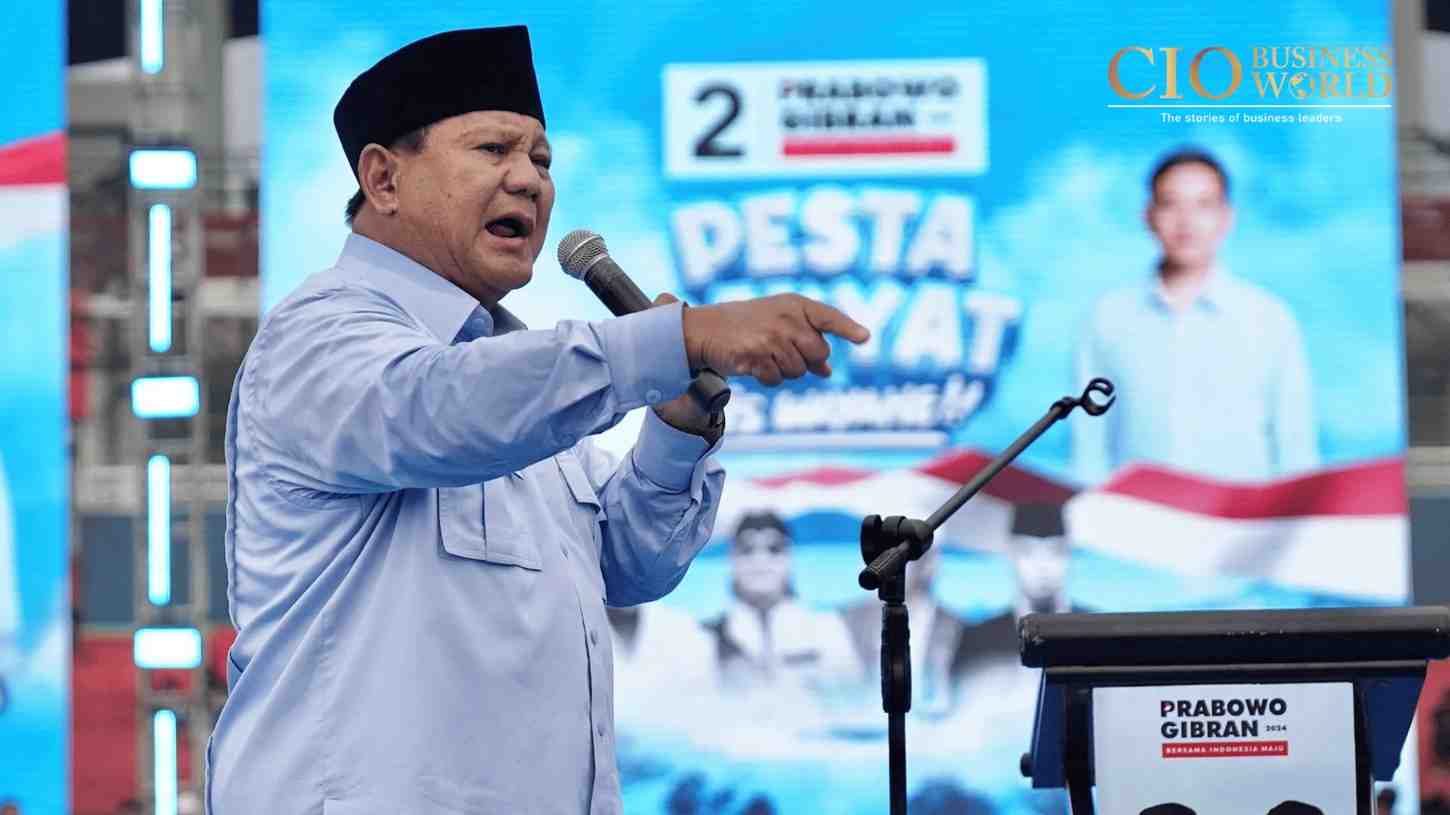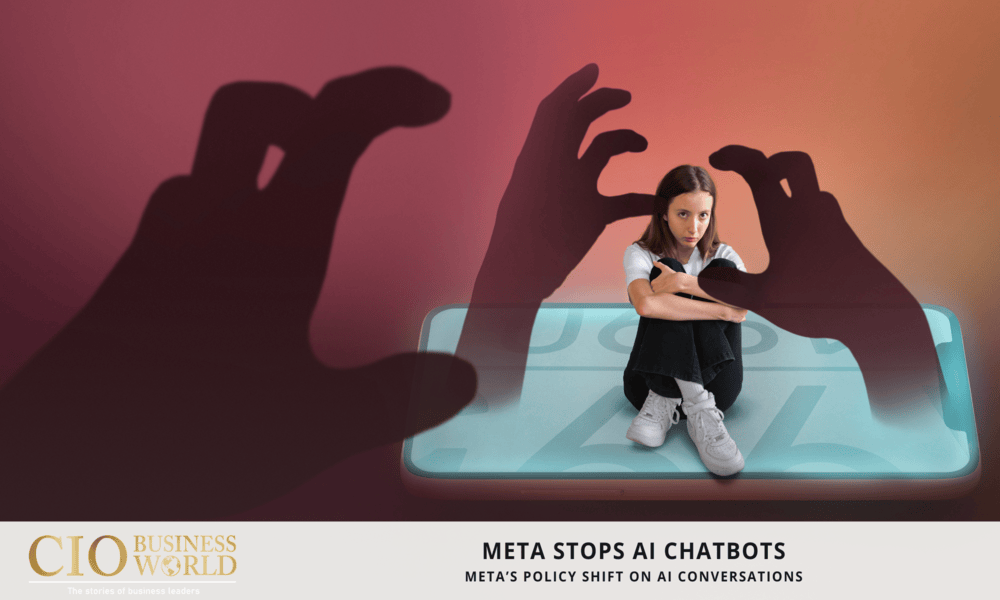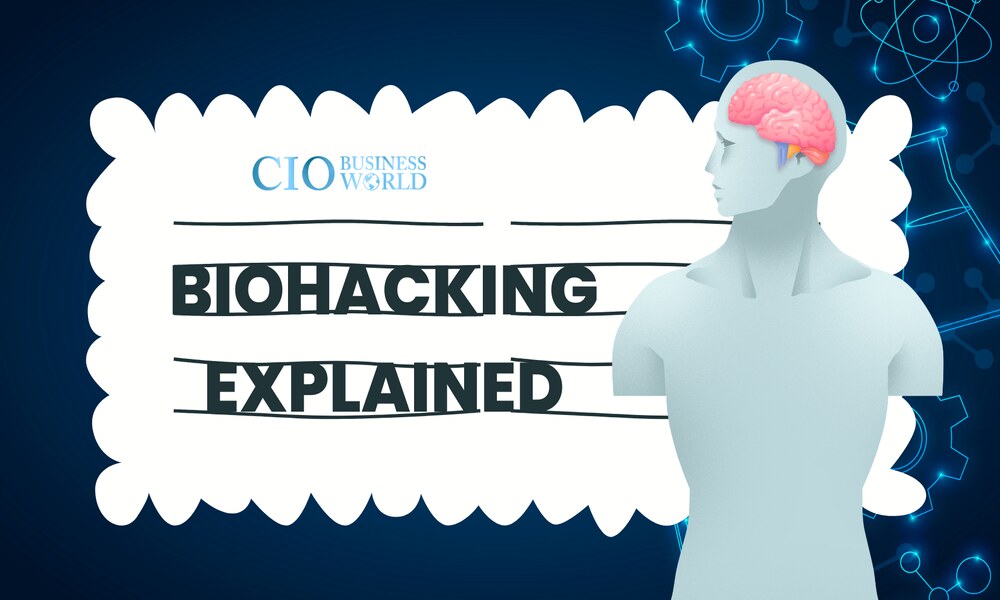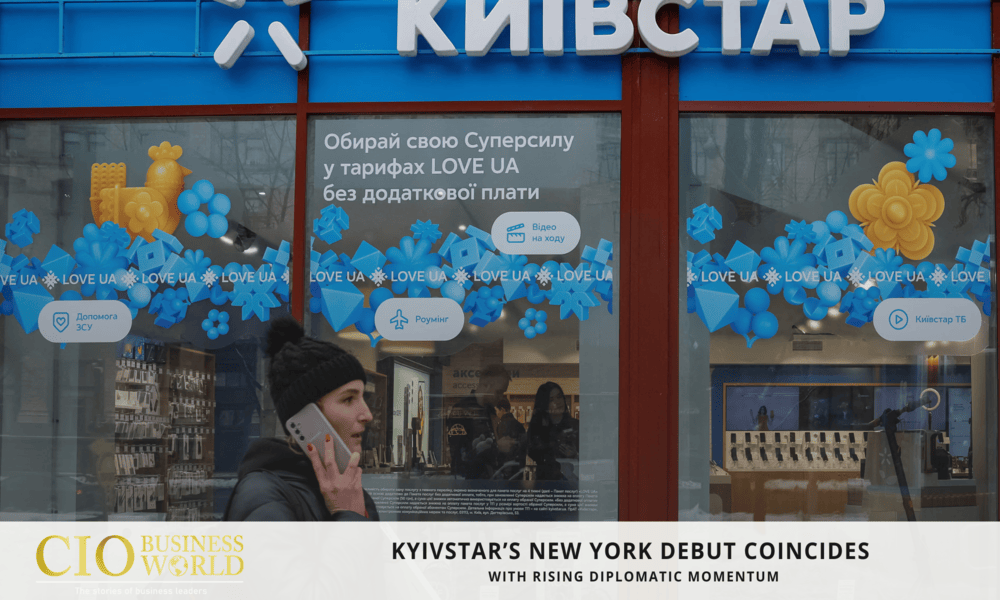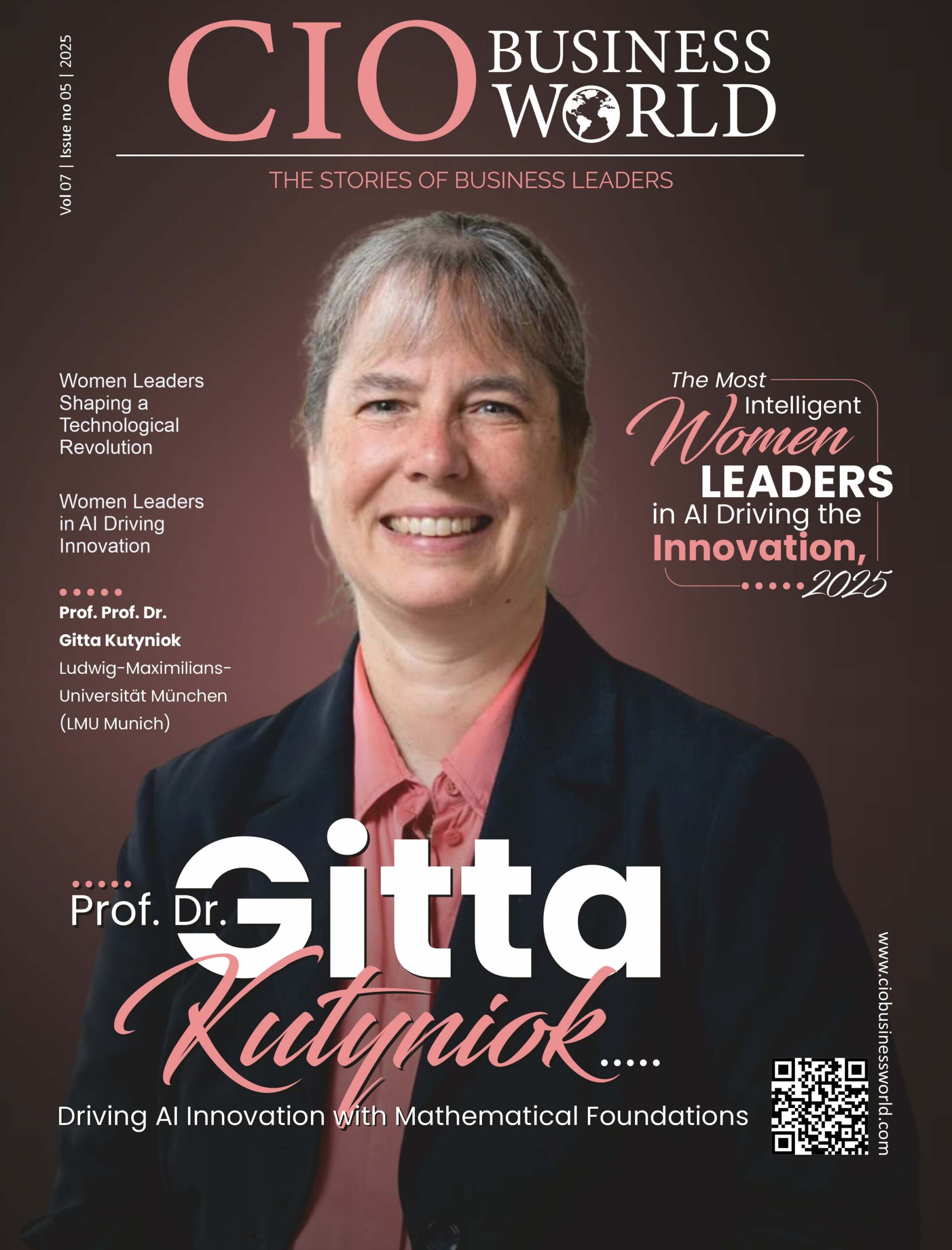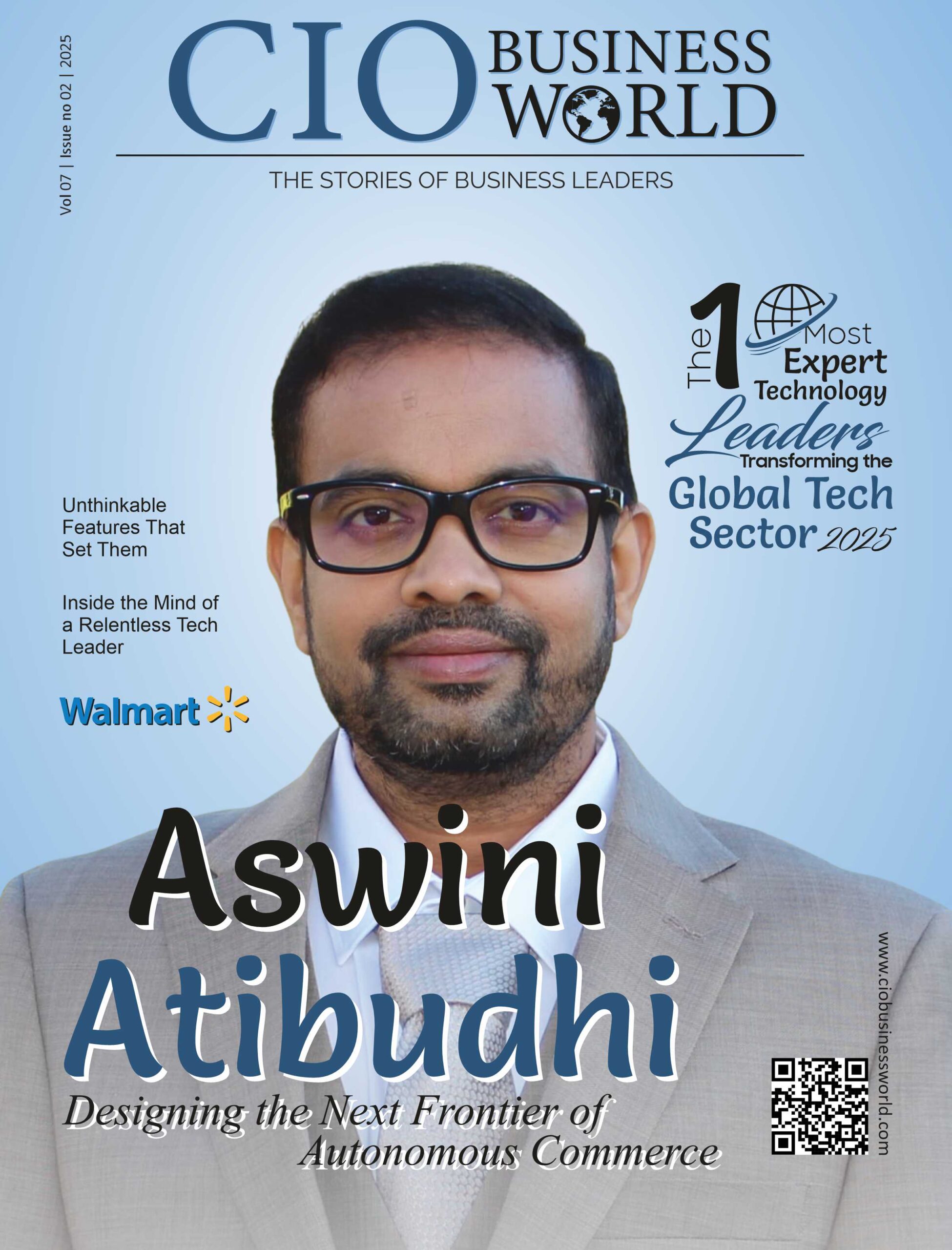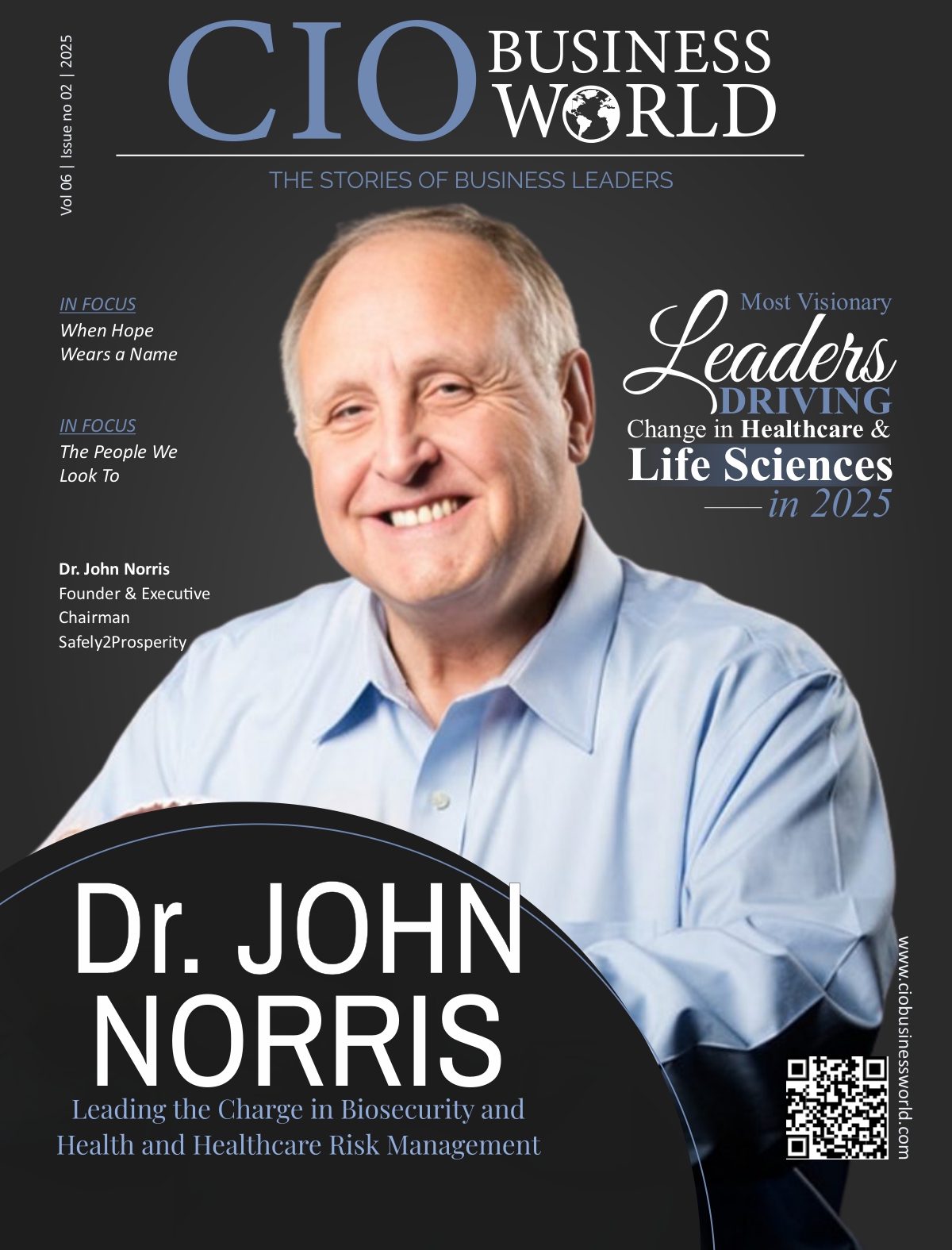Every meaningful transformation begins with a question not just about what technology can do, but about why it truly matters. For Paul Morley, Data Executive overseeing Enterprise Data Operations at Nedbank, that question was never purely technical. Whether the mission was building an advanced fraud detection model or deploying a next-generation customer chatbot, Paul returned time and again to three guiding principles: transparency, purpose, and trust.
He challenged his teams to create systems that are not only powerful, but explainable. Could they illuminate the hidden workings of data, so that stakeholders felt confidence, not confusion? Could they ensure that every project, from cloud migrations to conversational AI, stayed laser-focused on real business goals, decisions and outcomes that actually moved the needle for Nedbank’s clients and stakeholders? Above all, Paul believes that safeguarding meaning, not just minimize data errors, to protect the context and intent behind every data-driven decision is critical.
But as technologies became more sophisticated, Paul realized the real revolution wasn’t in the machines, but in the mindset. He understood that the greatest platforms in the world could not deliver results if teams remained siloed or hesitant to experiment. True innovation demanded semantic understanding that ensures machines understood not just language and numbers, but the complex nuances of human meaning and context. Paul champions solutions where data and AI help humans become better versions of themselves, not just replicate their habits.
When Paul led Nedbank’s transformative migration of its SAS enterprise into the cloud, he understood it was more than a technical switch, it represented a fundamental shift in thinking across the enterprise. For him, reducing technical friction was not enough; true progress meant restoring relevance to analytics and making data an engine for authentic business value.
Today, in an era where speed alone is no longer the highest virtue, Paul continues to lead with an unwavering commitment to fidelity and understanding, redefining what’s possible when data, technology, and human insight work in true harmony.
Translator of Complexity in the Data Age
Paul didn’t set out to become “the data guy.” His career was driven by the evolution of technology within business from digitizing traditional processes, such as retiring the use of checkbooks, to building fully digital operations with innovations like internet and phone banking. Naturally, this journey led him into the world of data as businesses became increasingly data-centric. Throughout his progression from automation and digitization to a data-first mindset, Paul was consistently fascinated by the intricate connections between systems, processes, and behaviors.
Early on, he recognized that data is not merely a collection of numbers, but a language capable of carrying varied meanings depending on who interprets it. This revelation drew him deeper into the realm of data and data warehousing, a path that proved to be not just challenging, but also deeply rewarding. Paul’s professional insight centers around the realization that data operates as the core language of economic, human, and technological systems. He was never just enticed by the technical aspects of algorithms and analytics; what truly captivated him was the way data could shift understanding and transform meaning according to the context and the person interpreting it.
Paul views the semantic flexibility of data as one of its most powerful attributes—a quality that, if unacknowledged, could lead to confusing noise for insight. Through his experience, he has learned that his role is less about simply building dashboards or technical reports and more about decoding the underlying intent behind every dataset. For Paul, the “human story” that exists within the numbers has always provided his guiding compass.
A Translator and Explorer
To Paul, job titles alone say little about one’s real impact. He defines himself as a practical guardrail, a source of clarity amid the overhyped, fast-moving transformation being ushered in by AI. At his core, Paul is a curious explorer, a translator weaving understanding between technological complexity and real-world meaning. His mission is to make data approachable and empowering, not intimidating, for everyone regardless of their technical background.
Paul thrives in the intersection of disciplines: between technology and human behavior, between vision and execution. He believes that this in-between space is where genuine breakthroughs occur. For him, leadership finds its highest form in the translation and simplification of complex issues, going beyond simple language translation to make abstract concepts concrete and accessible. Whether dealing with regulations, new data models, or issues of data custodianship, Paul seeks to render complexity simple, helping it become understandable and actionable for all.
Leadership Rooted in Connection and Meaning
Paul views creative and critical thinking as core attributes, enabling him to bridge gaps between perspectives that are often fragmented or misunderstood. He recognizes that while technology is frequently associated with code, systems, and infrastructure, the reality now is that data lies at the heart of all modern enterprise. Paul is dedicated to redefining leadership for the data era, one where meaning, context, and clarity serve as the foundation to guide organizations ethically and effectively into the future.
Human-Centered Innovation in AI and Data
Paul envisions a future where machines do more than simply replicate human actions; they empower us to become better versions of ourselves. He is driven by the conviction that AI systems must understand humans not only statistically but semantically, bridging the critical “semantic abyss.” For Paul, true innovation carries intent, clarity, and human context; without these, technological advances risk generating nothing more than faster confusion. He believes the real promise of AI lies in revelation illuminating the unknown rather than mimicking existing patterns. In this era of rapid technological growth, Paul highlights that the greatest assets are fidelity and understanding, grounded in empathy. Machines alone cannot create a better world, but people can, when supported by technology that comprehends what “better” truly means.
At Nedbank, Paul led a transformative move of the SAS enterprise into the cloud, which he describes not merely as a migration but a profound mindset shift, enabling faster iteration, deeper collaboration, and a focus on outcomes over outputs. Yet, he recognizes that innovation in large institutions is not just about technical modernization it demands cultural renewal. Even the most advanced platforms cannot create change if teams remain siloed or hesitant to experiment. Paul consistently views innovation as the granting of permission: permission to ask deeper questions, to challenge defaults, and to design solutions centered on human needs. For him, progress is not merely about reducing friction but about restoring relevance.
Human-Centered Leadership in Trustworthy AI and Data Innovation
Paul champions the imperative to keep humans at the core of AI and data-driven solutions, insisting that AI must serve context rather than override it. Whether building fraud detection models or customer chatbots, he rigorously advocates for three foundational principles: transparency ensuring models and systems can be explained clearly; purpose – aligning every solution with genuine business intent; and trust guarding meaning and coherence beyond mere error reduction. Paul introduces the concept of “semantic guardrails” to emphasize that confidence without comprehension is perilous, urging teams to verify alignment not just accuracy. He warns against the prevalent rush to automate efficiency at the expense of ethics, insisting that if no one on the team understands why an AI acts as it does, innovation is forfeited and trust sacrificed.
For Paul, trust is not an optional feature but a fundamental design principle, and semantic guardrails embody a commitment to fidelity and coherence, not constraints. He insists that innovation must begin with language deeply understanding and translating real business problems into data questions, then reframing data insights back into business language. This iterative, collaborative cross-functional process builds trust and avoids failures born of misaligned intent rather than technical flaws. Paul sees solving challenges with data less as a technical puzzle and more as an exercise in understanding, emphasizing that agile iteration should be purposeful learning, deepening insight rather than merely accelerating noise. His approach situates human insight as the essential compass guiding AI and data systems toward meaningful and ethical outcomes.
Why Trust is the Foundation of Responsible AI
Paul views the transformative potential of data and AI in banking as enormous but only if harnessed thoughtfully and responsibly. He believes these technologies can make banks more personal, proactive, and protective by enabling hyper-personalized financial advice, real-time fraud prevention, and predictive risk management. However, Paul emphasizes that this power carries immense responsibility, as banks manage not just money but trust itself. For him, AI is not a substitute for human judgment but a critical tool to augment it, delivering clarity, speed, and insight to decision-making processes.
Having led key digital and data-driven transformations at Nedbank including pioneering cloud deployments, Paul highlights his most significant contribution as fostering a culture of curiosity, learning, and empowerment across all organizational levels. He stresses that true transformation extends beyond technology implementation to reshaping belief systems and organizational mindsets. In his view, technology is the hardware of transformation, but culture is the firmware that enables enduring change. Governance, therefore, should not merely focus on risk mitigation but act as a lever for value amplification.
Paul stresses the importance of balance and discernment in deploying real-time analytics, recognizing that while it can drive profit and growth, it can also create tremendous risk if misapplied. He cautions against hype-driven adoption of shiny new technologies without critical reflection on their real benefits and pitfalls. The future of financial services, according to Paul, will be determined less by the sheer volume of data and more by the wisdom with which it is applied embedding foresight and accountability with deep contextual understanding.
Looking ahead, Paul is particularly excited about two emerging trends. First, the rise of contextual AI systems that go beyond reactive outputs to truly understand user context and intent, enabling more human-centric experiences. Second, decentralized learning models that democratize access to sophisticated tools, empowering everyday users with capabilities once reserved for experts. He also sees the development of cross-industry ontologies shared frameworks that allow disparate systems to understand and interoperate with each other, as potentially revolutionary for financial interoperability and seamless customer experiences.
In Paul’s vision, the digital economy’s connective tissue will be these ontologies, enabling banks and financial services providers to treat customers as whole persons rather than fragmented data points. This, coupled with contextual AI, will unlock a new era of efficiency and empathy in financial services where technology serves meaning and understanding, not just raw data processing. Ultimately, Paul champions a future where innovation is deeply human, anchored in trust, and driven by clarity and responsibility.
Championing Human-Centered Clarity
Paul advocates for a leadership approach grounded in curiosity, humanity, and clarity, deliberately rejecting needless complexity and hype. He believes true impact lies not in sounding smart, but in making technology genuinely work for people through attentive listening, simplification, and a steadfast focus on real-world needs. For Paul, clarity is a leader’s strongest asset far more valuable than volume or bravado and the best outcomes come from building trust before deploying technology, rooting every solution firmly in meaning and understanding. He emphasizes the importance of pausing before rushing to solve problems, favoring awareness, empathy, humility, and integrity over arrogance or haste.
As artificial intelligence accelerates across industries, Paul’s mission is to ensure that speed never outpaces intentionality insisting that ethics, semantics, and context must be embedded within every system to avoid automating meaningless or harmful outcomes. He is deeply committed to the moral dimension of data work, believing technologists must constantly ask whether they are reinforcing the status quo or actively shaping a better world. For Paul, trust is the ultimate foundation for scalable and lasting innovation both at Nedbank and throughout the broader data community.
Explore the full edition here: Top Innovative Leaders in Data & Analytics Powering AI Innovation, 2025


